I am both amazed and wierded out. 😃
A very creative and cool idea! I think it could help a lot of people.
This is an evacuation strap that lets you drag bedridden patients down the stairs.
Credit: Evacuation Equipment
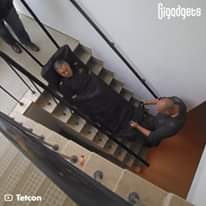
I am both amazed and wierded out. 😃
A very creative and cool idea! I think it could help a lot of people.
This is an evacuation strap that lets you drag bedridden patients down the stairs.
Credit: Evacuation Equipment

Online health care and medtech AI have risen in prominence in the country as the government seeks more equal access to medicines and treatment for its citizens, spread across a vast land mass. The urgency has been heightened by the impact from Covid-19 – with Indonesia recently overtaking the Philippines as the hardest-hit country in Southeast Asia.
Indonesia’s fast-growing manufacturing sector also presents opportunities for medtech innovation as well as research and development.
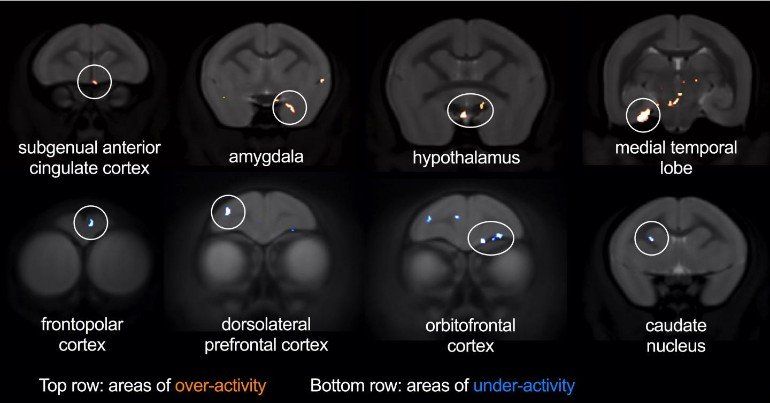
Overactivity in the subgenual anterior cingulate cortex underlies several key symptoms of depression, anxiety, and heart disease.
Summary: Over-activity in the subgenual anterior cingulate cortex underlies several key symptoms of depression, anxiety, and heart disease.
Source: University of Cambridge
Over-activity in a single brain region called the subgenual anterior cingulate cortex (sgACC) underlies several key symptoms of mood and anxiety disorders, but an antidepressant only successfully treats some of the symptoms.
A new study, published today in the journal Nature Communications, suggests that sgACC is a crucial region in depression and anxiety, and targeted treatment based on a patient’s symptoms could lead to better outcomes.
KENNEDY SPACE CENTER (FL), October 19, 2020 – The Center for the Advancement of Science in Space (CASIS) and the National Science Foundation (NSF) announced three flight projects that were selected as part of a joint solicitation focused on leveraging the International Space Station (ISS) U.S. National Laboratory to further knowledge in the fields of tissue engineering and mechanobiology. Through this collaboration, CASIS, manager of the ISS National Lab, will facilitate hardware implementation, in-orbit access, and astronaut crew time on the orbiting laboratory. NSF invested $1.2 million in the selected projects, which are seeking to advance fundamental science and engineering knowledge for the benefit of life on Earth.
This is the third collaborative research opportunity between CASIS and NSF focused on tissue engineering. Fundamental science is a major line of business for the ISS National Lab, and by conducting research in the persistent microgravity environment offered by the orbiting laboratory, NSF and the ISS National Lab will drive new advances that will bring value to our nation and spur future inquiries in low Earth orbit.
Microgravity affects organisms—from viruses and bacteria to humans, inducing changes such as altered gene expression and DNA regulation, changes in cellular function and physiology, and 3D aggregation of cells. Spaceflight is advancing research in the fields of pharmaceutical research, disease modeling, regenerative medicine, and many other areas within the life sciences. The selected projects will utilize the ISS National Lab and its unique environment to advance fundamental and transformative research that integrates engineering and life sciences.
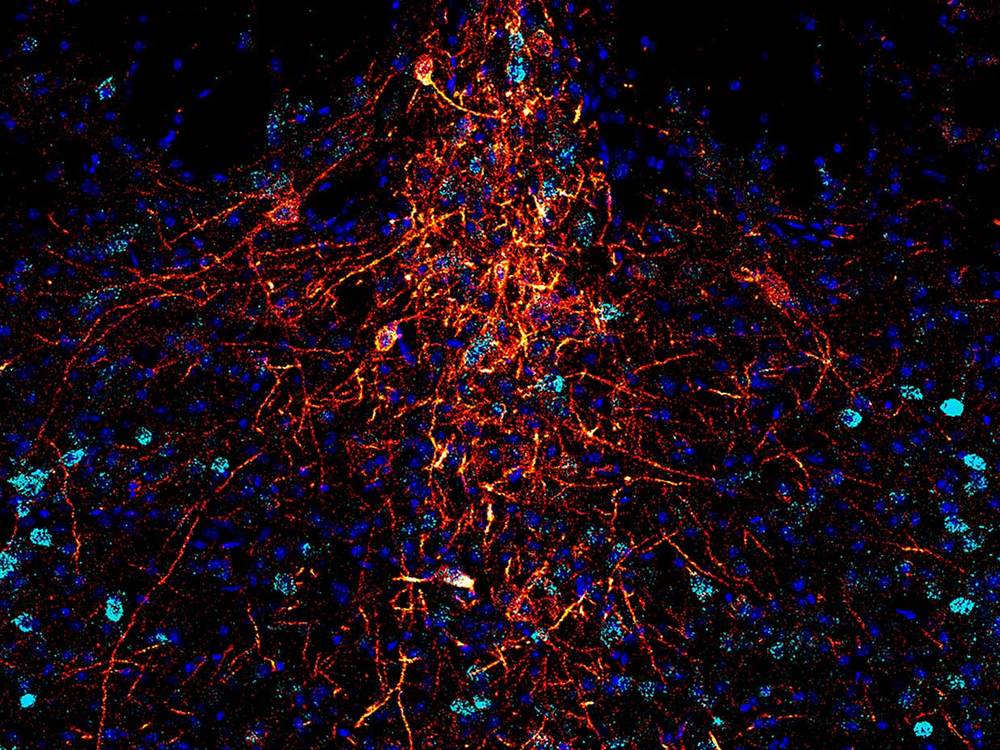
“This is kind of a nice bookend to 16 years of research,” says Deisseroth, a neuroscientist and bioengineer at Stanford University. “It took years and years for us to sort out how to make it work.”
“The result is described this month in the journal Nature Biotechnology.”
“Optogenetics involves genetically engineering animal brains to express light-sensitive proteins—called opsins—in the membranes of neurons.”
Optogenetics can now control neural circuits at unprecedented depths within living brain tissue without surgery.

Article from CNN. I didn’t expect drones would have so much impact all over the world.
It’s good to see that it’s helping people in Africa.
Drones have been transforming logistics in parts of Africa, especially for the delivery of medical products.
CNN’s Eleni Giokos examines how this technology has been serving the needs of rural communities in Ghana, and what’s next for supply chains using drones during uncertain times.
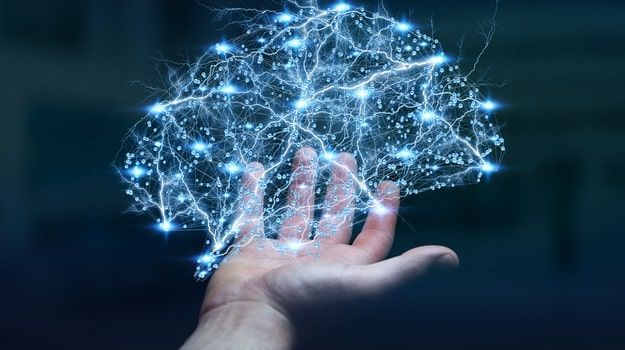
“In a breakthrough study published on February 19th in Nature Biomedical Engineering, researchers connected neural dust implants reduced to 1.7 cubic millimeters to rat sciatic nerves. The implanted device, called the StimDust system, consisted of very few components, which will be scaled down for future applications. A piezoceramic ultrasonic transducer generated power allowing for wireless communication and stimulation. A capacitor stored any excess energy generated from ultrasonic beams. Bipolar stimulating electrodes directly interfaced with the nerve while a cuff attached to a small circuit-board allowed the device to adhere physically to the nerve. These components were sufficient to generate or record nerve-impulses. In anesthetized rodents, they elicited muscular contractions with the StimDust system.”
While Neuralink, Elon Musk’s startup-venture focused on creating a brain-computer interface, garners lots of coverage in the biotechnology space, other bioelectronics ventures continue innovating in this space.
iota Biosciences, a spin-off company from UC Berkley formed in 2017, made news two years ago by securing $15 million in Series A funding and again last year announcing a partnership with Astellas Pharma Inc. Bolstered by studies in rodents, iota Biosciences advances towards their vision. In a press release on their partnership, founders Jose Carmena and Michel Maharbiz commented:
We envision a future in which our ultra-small implantable devices will be used in combination with, or as an alternative to, conventional diagnostics and therapies. Through our collaboration with Astellas, we expect to make our innovative technologies available to patients around the world.
Carmena and Maharbiz are right on track, winning the prestigious 2017 McKnight Technological Innovation in Neuroscience Award. While electric stimulation devices for the heart, cochlea and brain already exist, Carmenas and Maharbiz recognized the key limitations of existing technologies.
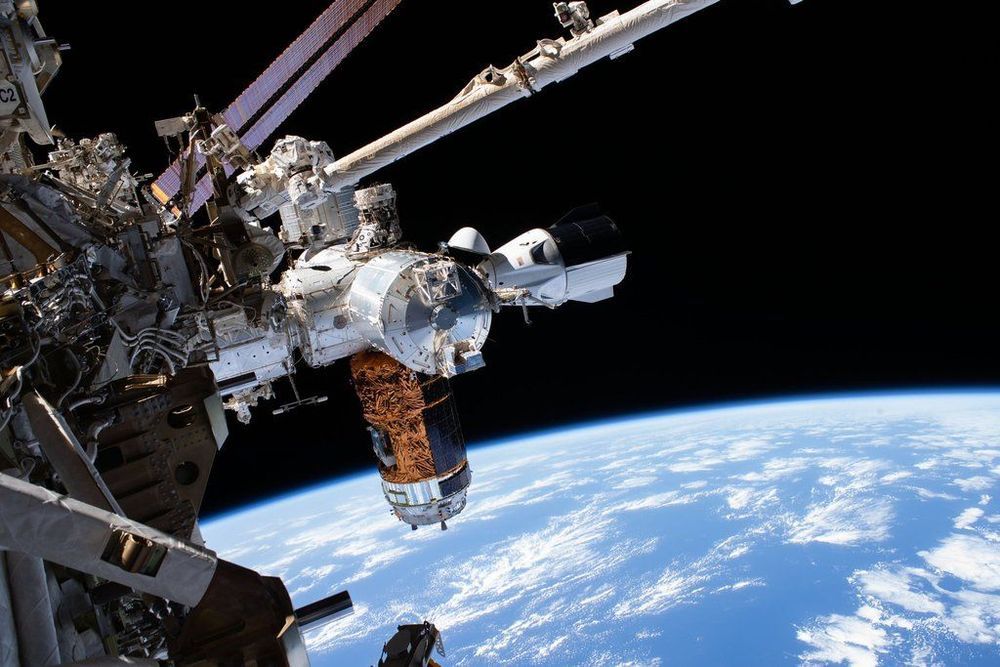
SpaceX launched its first crewed mission to ISS in May this year. The company demonstrated its spacecraft is safe and reliable to carry humans to space and back. Axiom’s space tourist mission with SpaceX is scheduled to be a 10-day journey that will launch civilians aboard Crew Dragon to the space station atop a Falcon 9 rocket. The space tourists will stay at ISS for 8 days, where they will experience microgravity and amazing views of our planet.
SpaceX’s first private civilian flight will carry three Axiom customers who will fly alongside former NASA Astronaut Michael Lopez-Alegria, he will be commander during the mission. Earlier this year, NASA and SpaceX announced Hollywood actor Tom Cruise will film a movie at the space station and fly aboard Crew Dragon. Then, reports surfaced about Cruise and his film production agency working with Axiom is responsible for providing ‘training, mission planning, hardware development, life support, medical support, crew provisions, hardware and safety certifications, on-orbit operations and overall mission management.’ However, Axiom has not officially disclosed who their private passengers will be on their first mission in collaboration with SpaceX.
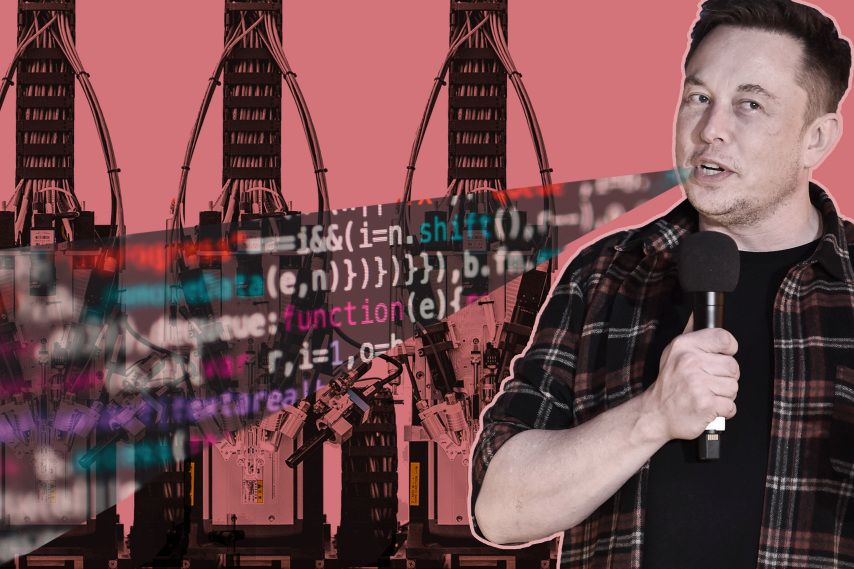
Rock-climb without fear. Play a symphony in your head. See radar with superhuman vision. Discover the nature of consciousness. Cure blindness, paralysis, deafness, and mental illness. Those are just a few of the applications that Elon Musk and employees at his four-year-old neuroscience company Neuralink believe electronic brain-computer interfaces will one day bring about.
None of these advances are close at hand, and some are unlikely to ever come about. But in a “product update” streamed over YouTube on Friday, Musk, also the founder of SpaceX and Tesla Motors, joined staffers wearing black masks to discuss the company’s work toward an affordable, reliable brain implant that Musk believes billions of consumers will clamor for in the future.
“In a lot of ways,” Musk said, “It’s kind of like a Fitbit in your skull, with tiny wires.”
